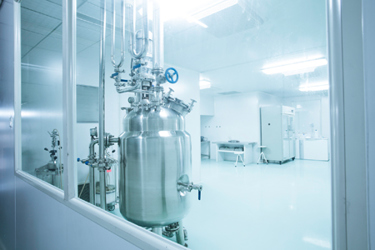Visualizing Airflow With Smoke Studies For Aseptic Manufacturing Excellence

Jubilant HollisterStier (JHS) performs airflow visualization studies—commonly called “smoke studies”—as a critical component of cleanroom validation and contamination control. These studies are particularly important when qualifying new aseptic filling lines, like JHS’s latest high-tech, full isolator-capable line in Spokane. Smoke studies help confirm that cleanroom airflow follows aseptic processing best practices and maintains product sterility.
Airflow is the first line of defense against contamination in aseptic environments. Even when cleanrooms meet ISO5 or grade A standards, particles in the air can carry microbes that pose risks to open products. Smoke studies make airflow patterns visible by releasing propylene glycol or liquid nitrogen fog into the cleanroom. The resulting patterns are recorded from multiple angles—first at rest, then during machine operation, and finally with operators performing normal tasks. This allows engineers to verify that air moves in a consistent, unidirectional flow from cleaner to less clean areas, minimizing turbulence and cross-contamination risks.
If irregular airflow is detected, the team investigates root causes—whether mechanical or procedural—and makes engineering or training adjustments. Smoke studies are always considered alongside environmental monitoring results and other validation tools to assess the cleanroom’s performance comprehensively.
When JHS validated its third aseptic fill-finish line, the smoke study met Annex 1 regulatory guidelines, providing strong evidence that the facility could produce sterile, high-quality products. By integrating smoke studies into its validation strategy, JHS ensures robust contamination control and manufacturing excellence for its partners and regulatory stakeholders.
Get unlimited access to:
Enter your credentials below to log in. Not yet a member of Pharmaceutical Online? Subscribe today.
